- Software
- A
Programming language Cangjie: a Chinese challenge to Java and Swift
Several years ago, Huawei decided to enter the programming language territory with their Cangjie project. Said and done. The new programming language was first showcased at HDC 2024. On July 30, 2025, the company promises to open the source code. The language is declared as cross-platform: it already supports HarmonyOS and Android, and in the future, it may achieve compatibility with iOS. What’s interesting about it and what the open-source release will bring, we will explore today.
Mythology and Technology
The name Cangjie refers to the mythical Cangjie — a sage who is considered the creator of Chinese characters in China. Huawei chose this name to emphasize the mission of the language: to simplify programming, making it as natural as writing.
The Cangjie language was first discussed in 2021, and then Huawei actively developed it for three years. By October 2024, over 10,000 programmers and major companies, such as the Meituan delivery service from China and the marketplace JD.com, had joined the language ecosystem.
Cangjie was created with a focus on tasks related to artificial intelligence — an area that today covers almost all technology sectors. The main feature of the language is the built-in AgentDSL support, a framework that combines elements of natural programming languages with familiar programming constructs. This makes the entry into the language easier: beginners find it simpler to understand the syntax, while experienced developers get tools to build complex systems. Opening the source code will give the community the opportunity to improve Cangjie, find and fix bugs, and develop its functionality — all of which may spark more interest in the project.
Key features of the programming language:
Integration with Artificial Intelligence: The AgentDSL framework allows using constructs close to natural language, simplifying the development of AI applications such as voice assistants or big data processing systems. Accordingly, Cangjie is more intuitive compared to Java, which requires additional libraries for AI, or Swift, where AI integration is less flexible.
High Performance: The garbage collector in Cangjie operates quite quickly. Synchronization takes only tens of microseconds, minimizing delays. This is especially important for applications where responsiveness is critical, such as mobile games running at 120 Hz. Additionally, the language supports lightweight threads, allowing thousands of tasks to be processed in parallel without significant system load.
Code Security: Built-in mechanisms for type checking, memory leak protection, and runtime error detection (e.g., array boundary testing) reduce the risk of vulnerabilities. Tools for code scanning and obfuscation make Cangjie suitable for creating applications with higher security requirements, such as in finance or corporate systems.
Scalability and Modularity: The modular structure of the language allows its use for tasks of varying scale, from small scripts to server systems. Support for generics and type inference reduces the amount of code and the likelihood of errors, while macros simplify the creation of domain-specific languages (DSLs).
Developer Tools: Huawei offers debuggers, static analysis systems, performance analyzers, and testing frameworks. The lightweight runtime allows applications to run even on devices with limited resources.
Overall, Cangjie is a flexible language capable of competing with Java and Swift in various scenarios.
Cangjie in Huawei's Ecosystem
Cangjie is a key element of Huawei's strategy to create an independent ecosystem, which includes proprietary chips, an OS, and development tools. Cangjie is closely tied to HarmonyOS Next, Huawei's new version of its operating system. It does not use the Android kernel but is built on its own, giving the company full control over the entire stack, from Kirin chips to user software. The language is also compatible with OpenEuler, an open-source Linux distribution created by Huawei based on CentOS and EulerOS for cloud infrastructure. This integration makes Cangjie a link between mobile and server solutions.
HarmonyOS Next is already used in devices like the Huawei Mate 70 and is gaining popularity in China. Outside of the country, its success is still limited, but Cangjie could become a driver to attract developers from abroad. Cross-platform development support for Android and possibly iOS enables software creation that works across different ecosystems.
For example, Meituan is already developing a courier app for HarmonyOS using Cangjie. Its launch is scheduled for the third quarter of 2025. JD.com has also adapted its applications for this language, demonstrating its applicability in commercial projects. This integration gives Huawei the opportunity to offer developers a full cycle of tools — from coding to app deployment, which is especially important under sanctions.
Competition with Java and Swift: Real Prospects
Java and Swift are not just languages, but entire ecosystems with millions of developers, established communities, and thousands of ready-made libraries. In the TIOBE ranking for July 2025, Java ranks fourth, behind only Python, C++, and C, while Swift is in 25th place. Competing with them is not easy. And Cangjie is not yet in the top 50, but the future is ahead — the company has every chance of success.
As mentioned earlier, for Huawei, the launch of Cangjie is not just a technological novelty, but part of a long-term development strategy. The beta test attracted thousands of developers, and the company continues to improve the documentation and tools to make entry into the ecosystem easier. Unlike Apple and Oracle, Huawei is betting on an open development model for the language: this could be its advantage, especially against the backdrop of growing interest in open-source projects from corporate clients and the academic community.
Of course, ambition alone is not enough — the path to global recognition will take time. Outside of China, HarmonyOS is almost nonexistent, which means Cangjie is not yet seen as a universal tool. Moreover, switching to a new language is always a risk: companies are reluctant to change their stack without good reason. Some analysts are skeptical about Cangjie's prospects outside of China, considering it Huawei's attempt to bypass restrictions caused by sanctions, rather than true competition to established languages like Java and Swift.
Nevertheless, the new programming language is already being used in real commercial projects, and if Huawei manages to engage the community in developing Cangjie and expand its application area from mobile devices to cloud solutions, it could secure its position in the market. It all depends on how consistent the company will be in its actions and how willing it is to engage developers, rather than just developing the language within its ecosystem. What do you think? Let's discuss in the comments.
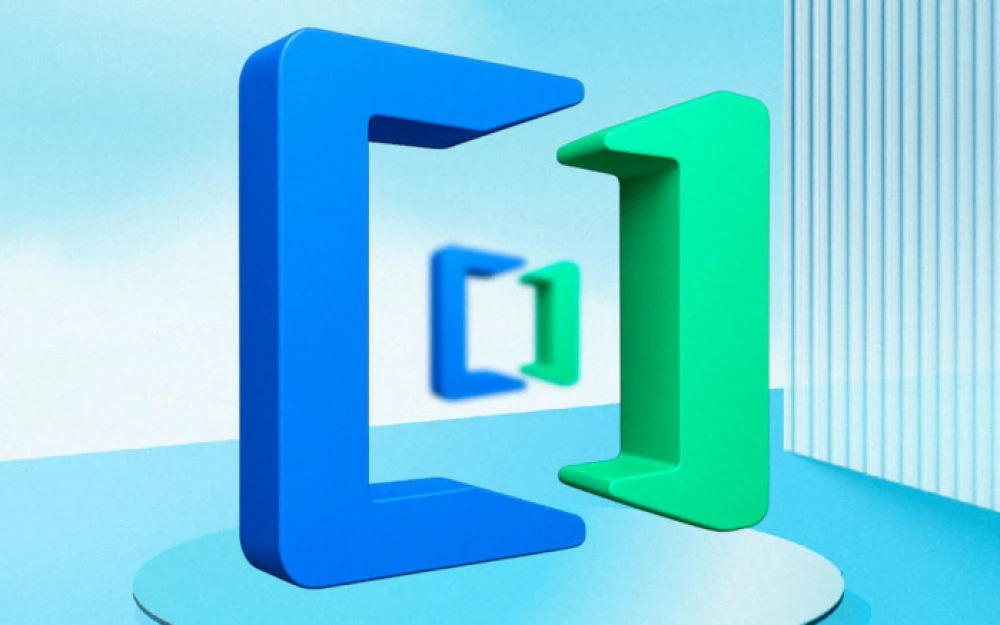
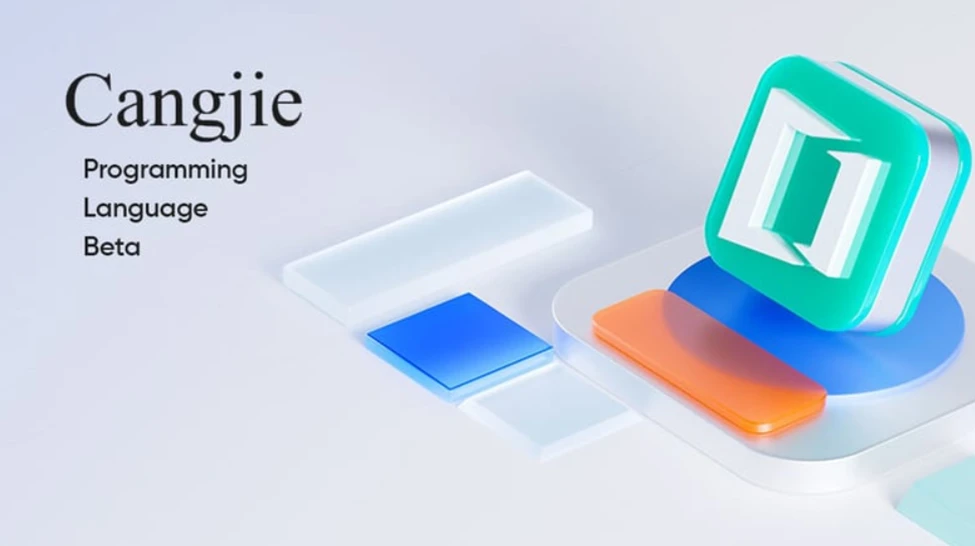

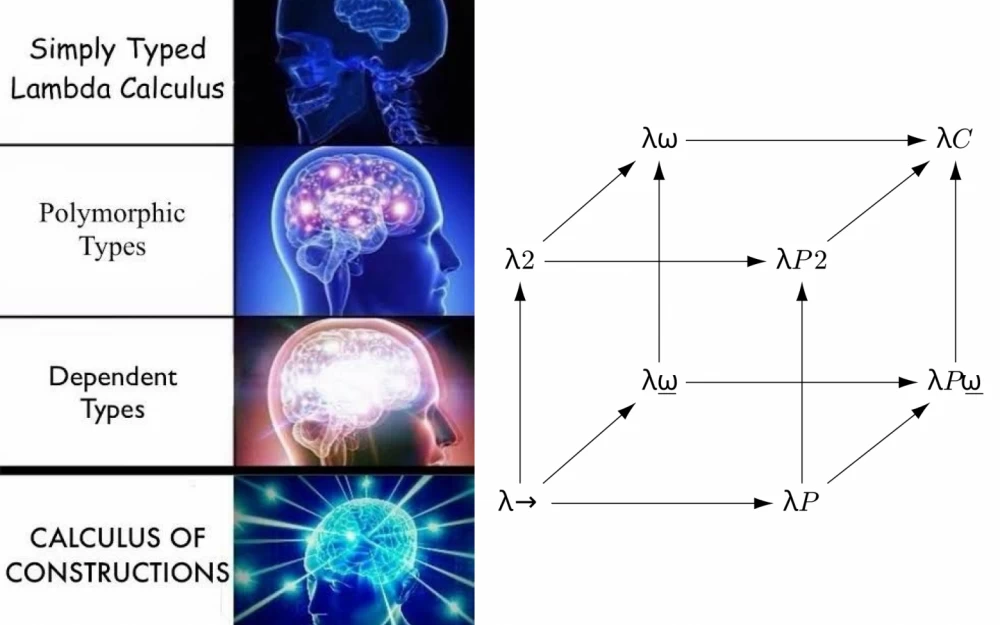





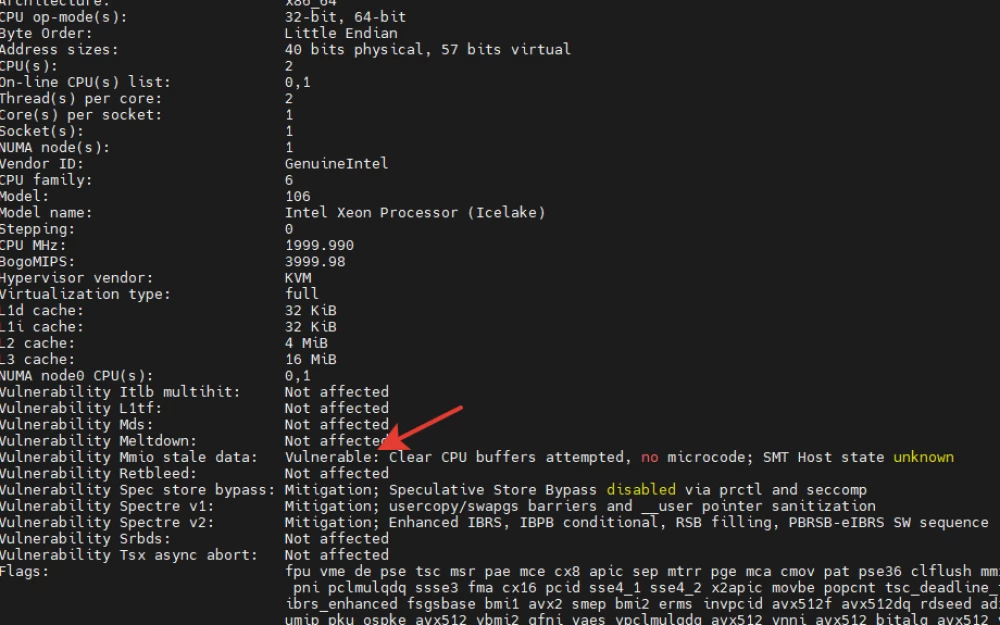
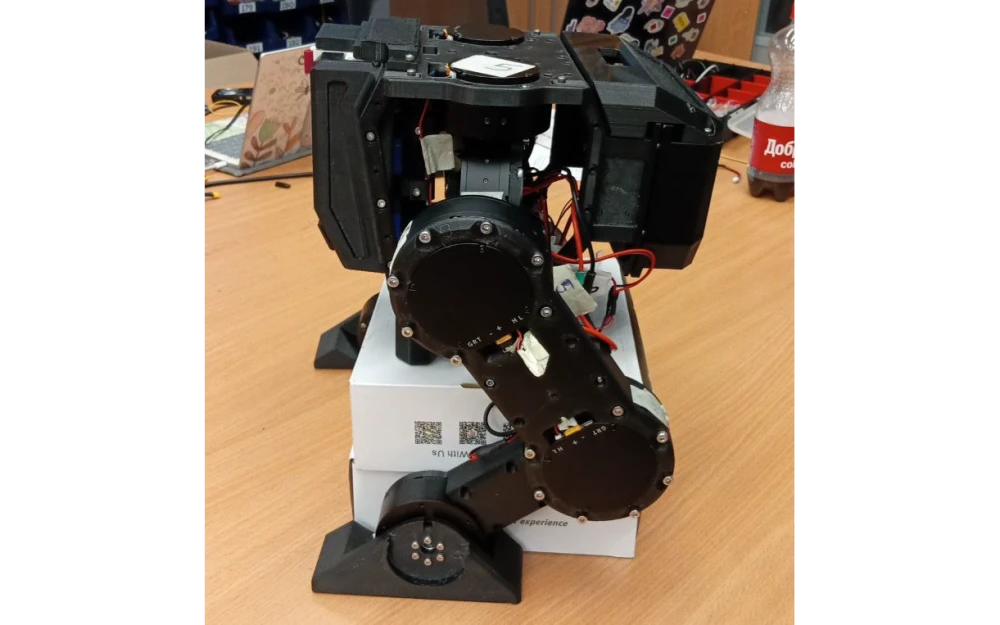
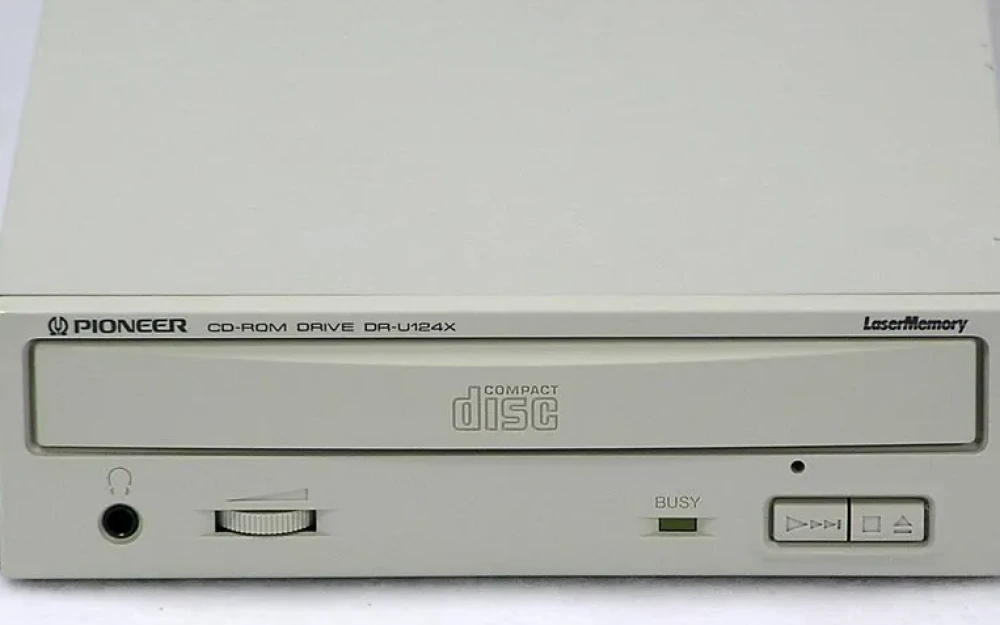
Write comment